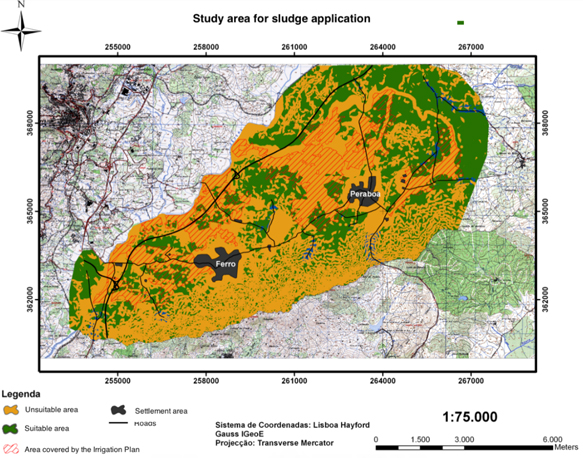NPK fertilization and irrigation of sunflowers in Luvisol: Vegetative behavior
Keywords:
available soil water, Helianthus annuus L., mineral nutrition
Abstract
The sunflower is one of the most important crops used for the production of biofuels. While the literature does contain some information, the hydric and nutritional requirements of sunflowers are still not completely defined. In order to correct this deficiency, an experiment was conducted at the Federal University of Campina Grande, Campina Grande, Paraíba State, Brazil, with the aim of evaluating the effect of nitrogen, phosphate, and potassium fertilization and available soil water (AW) on the behavior of Sunflower cv. Embrapa 122 V2000. The experiment consisted of 44 treatments with compound fertilizers using a Baconian Matrix (1: 0-0-0, 2: 0-80-80, 3: 80-80-80, 4: 100-80-80, 5: 60-0-80, 6: 60-100-80, 7: 60-120-80, 8: 60-80-0, 9: 60-80-80, 10: 60-80-100, 11: 60-80-120 kg ha-1 of N, P and K, respectively, and four difference quantities of available soil water (55, 70, 85 and 100%). The 9th compound fertilizer treatment was considered the reference since its doses are those used by the region’s sunflower growers in Rio Grande do Norte State. The treatments were arranged in a completely randomized design with three replications. The height, stem diameter, number of leaves and leaf area of the plants were evaluated at 40 and 60 days after sowing. The results showed that the effects of available soil water and NPK fertilization on sunflower crop occurred independently for all variables except for the number of leaves. All variables increased linearly as a function of available soil water, except for leaf area. For the conditions studied, the doses 100, 80 and 80 kg ha-1 of N, P2O5 and K2O resulted in the highest growth rates, respectively.
Published
08/12/2014
Issue
Section
Papers
Authors maintain the copyrights for their work. However, they grant rights of first publication to Ambiente e Agua - An Interdisciplinary Journal of Applied Science. In compensation, the journal can transfer the copyrights, allowing non-commercial use of the article including the right of sending the article to other data bases or publication media. The journal uses the CC BY 4.0 license"






